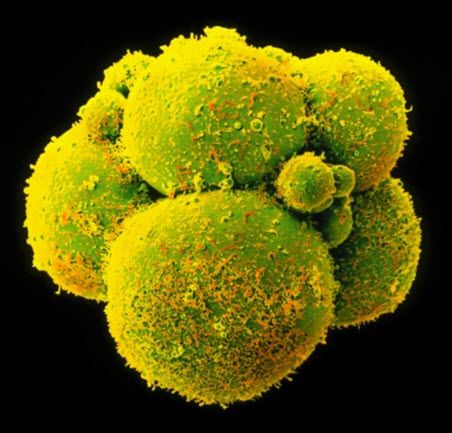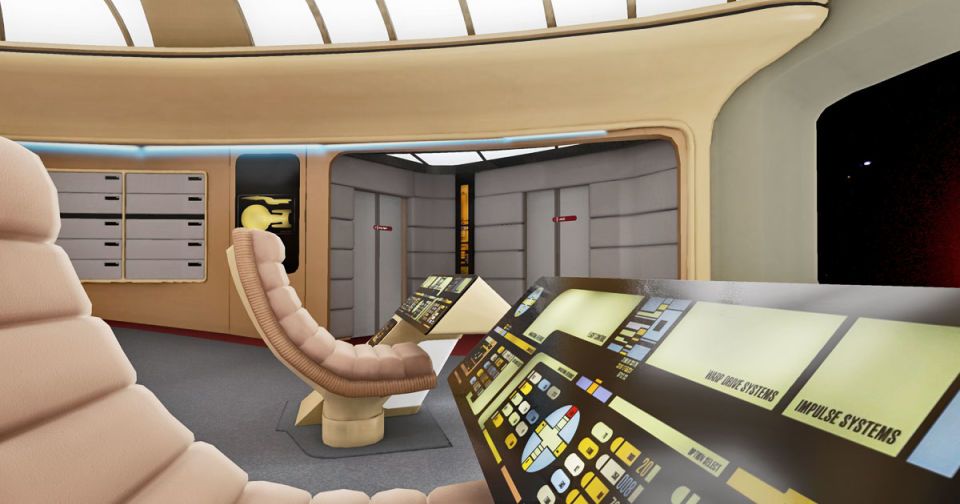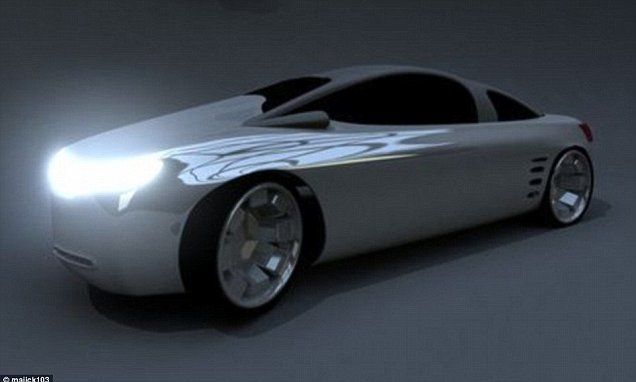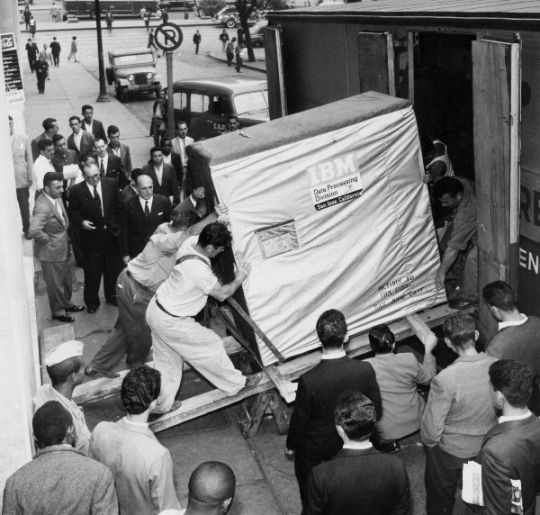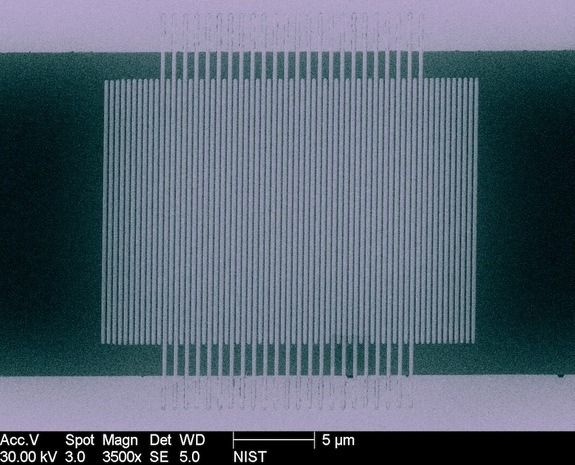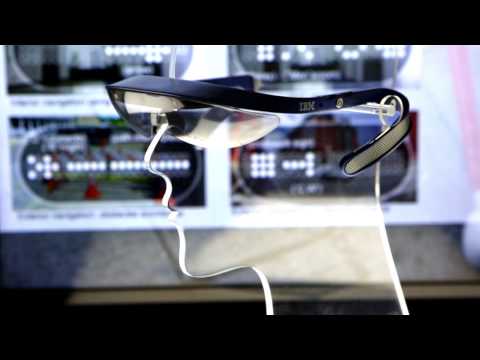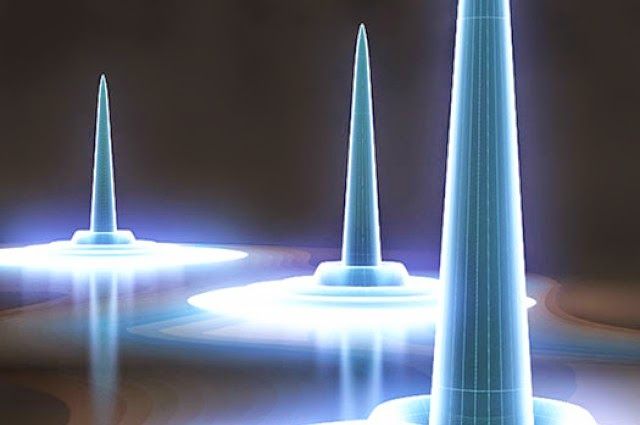
I remember the time when states of matter were pretty simple: Solid, liquid and gas. Then came plasma state, supercritical fluid, Bose –Einstein condensate and more. Now this list of states of matter has grown by one more, with the surprising discovery of a new state dubbed “dropletons” that shows some similarity to liquids but occur under very unlike circumstances.
The discovery of new state of matter occurred when a team of scientists at the University of Colorado Joint Institute for Lab Astrophysics were concentrating laser light on gallium arsenide (GaAs) to generate excitons.
Excitons are made when a photon strikes a material, mostly a semiconductor. If an electron is knocked loose, or excited, it leaves what is labelled as “electron hole” behind. If the forces of other charges at very close distance keep the electron close enough to the hole in order to feel an attraction, a certain state forms called as an Exciton. Excitons are also called quasiparticles because the holes and electrons act together as if they were like a single particle.
Read more
